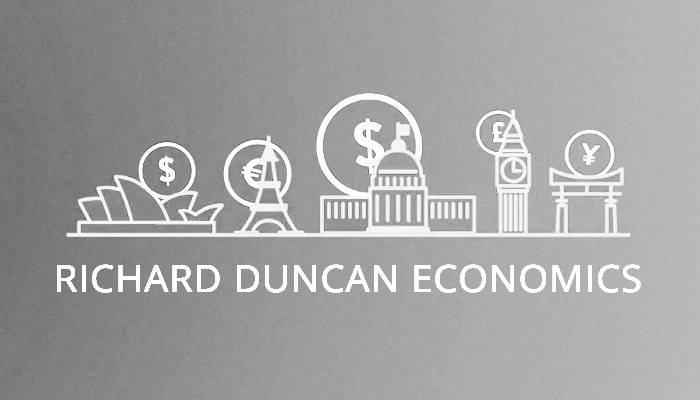FX Reserve Accumulation Is Quantitative Easing

Posted November 10, 2014
The accumulation of Foreign Exchange Reserves has a profound impact on global asset prices – just as Quantitative Easing does. That makes Foreign Exchange Reserves (which now amount to $12 trillion) one of the most important, but least understood, aspects of how the global economy works now, in this post-Bretton Woods era.
In FX Reserves, The Dollar Crisis & The Outlook For Global Liquidity (uploaded today), we look at what they are, how they are accumulated and how they impact asset prices and economic growth. We also see why they will increase at a slower pace and put less upward pressure on asset prices during the years immediately ahead.
This is the fourth video in a series describing how the outlook for Global Liquidity impacts the prospects for asset prices:
1. The Prospects For Asset Prices was uploaded on October 2nd.
2. The Outlook For Global Liquidity Points To Deflation was uploaded on October 12th.
3. Analyzing The Five Largest Central Banks was uploaded on October 28th.
If you are a subscriber to Macro Watch, log in and watch FX Reserves, The Dollar Crisis & The Outlook For Global Liquidity – and any of the earlier videos you might have missed – now.
If not, join here:
http://richardduncaneconomics.com/product/macro-watch/
For a 33% subscription discount, hit the “Sign Up Now” tab and use the coupon code: prospects
You will find more than 12 hours of Macro Watch videos available to watch immediately; and a new video will be added approximately every two weeks.


This is another topic, but I was wondering if you can explain how our national debt stands at almost $18 trillion. Last year it stood at almost $17 trillion – our national deficit is currently around $500 Billion — how can our national debt grow by $1 Trillion but officially we are only running a $500 B deficit?
I’m sure there is a simple explanation